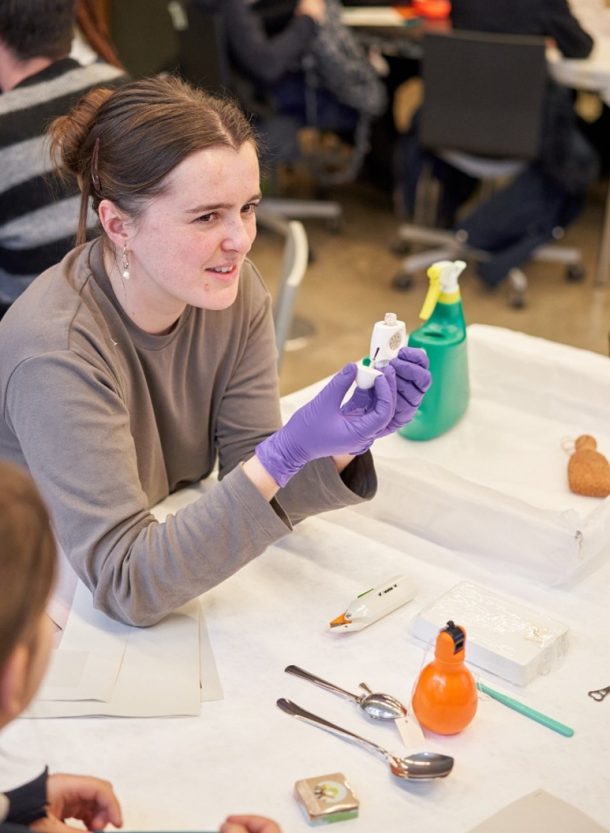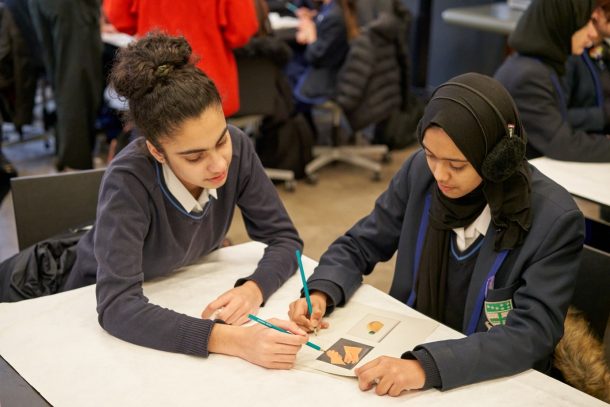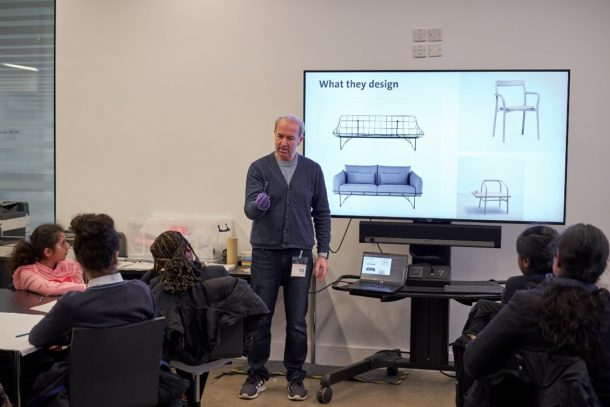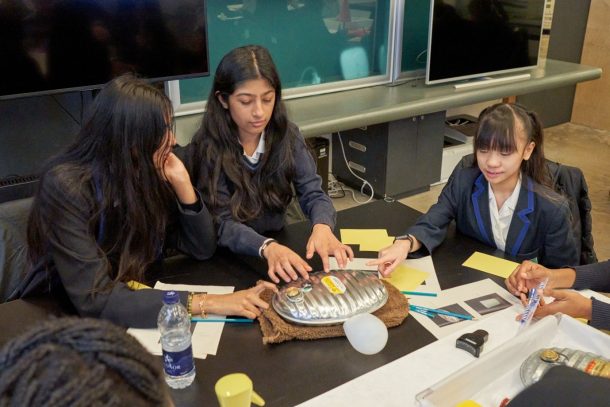Most of us have made a collection at some point in our lives – from badges as children to books as adults. Designer Sam Hecht of Industrial Facility has spent years collecting low-cost mass-produced items from around the world, exploring the innovative design of the everyday objects around us. Some are specific to local cultures – the aubergine knife from Romania, for example. Others are mashups of two useful objects, like a combination craft knife and scissors. Still others have that ‘What a brilliant idea!’ feel to them: one of our curators loved the nail varnish bottle designed to hold between the fingers while you paint your nails. But Sam has named his objects the ‘Under a Fiver’ collection – buying them on family holidays, while living abroad, or on work trips around the globe.

Young V&A wants to show how design can solve problems, and all of Sam’s objects fulfil a specific need. Industrial Facility have generously loaned their collection of more than 100 objects to Young V&A to help our visitors understand what makes an object useful. At any one time, we will be showing around 30 of them in our new Design Gallery.
In keeping with Young V&A’s ambition to amplify young voices, the gallery team invited a group of Year 9 students from Ursuline Academy Ilford to co-curate the display. Their Design Technology department aims to develop transferable skills, from fine motor sewing skills to creative problem-solving. A day seeing behind the scenes in a museum was perfect.
As a learning-led organisation, we wanted students to handle the objects. Haptic experiences have more impact on learners than visual, but once an item is accepted into the collection it can no longer be handled freely. Our first task, therefore, was to try and acquire as many replicas of the objects from the collection as possible. Some were easy to find, like the potato peeling gloves. For others, like the vinyl traffic cone, we identified equivalents. Some were impossible to replicate. Only a few were ‘under a fiver’ when we bought them!
We planned a morning at the V&A where the students could meet the team behind the Design Gallery, explore the objects and decide what should go on display when the museum opens in 2023.
Kicking off with a picture activity, the students examined images of the collection with no context. We asked them to tell us what information they would expect to see if they saw this object in a museum or gallery, what they thought they already knew about the object, and what else they might need to know.

Sam Hecht spoke about what inspired the collection, and showed us the double-headed nail that started it all. If you are inspired to discover what came after the nail, Sam and Kim Colin have authored a book called Usefulness in Small Things: Items from the Under a Fiver Collection (Rizzoli, 2011). He talked about his approach to design, and the need for designers to be constantly curious about the world around them. He also introduced the students to the idea of trust in design: if you sit on a chair, for example, you trust that it will hold you.

Young V&A Chief Curator Alex Newson gave a brief introduction to the new museum, assisted by Curator Kristian Volsing and Assistant Curator Trish Roberts. He spoke about the role of the curator in the museum, selecting which stories we want to tell through the objects and displays.
With the help of the museum team, each table explored items from the collection. They were asked to select two objects from their sets to go in the gallery display and to write a label for each explaining what made these objects interesting enough to be on show. Each group had as many replicas as possible.
The museum team demonstrated collection objects while the replicas were handled by the students. The girls noted that there were a lot of objects from Japan, which made sense when they found out that Sam had worked for Muji – a shop they were all familiar with. The Japanese hot water bottle on Alex’s table raised questions around health and safety, as it was made of metal and could burn people, but they liked the ridged design as it gave a larger surface area for generating heat – like a radiator, one pointed out.

On Creative Learning Facilitator Ellie Wright’s table, another Japanese object – the potato peeling gloves – fascinated the students. The girls decided early on that they were rubber gloves for cleaning, but the potato aspect came as a surprise to them. The texture of the fingers was ‘weird’ but they quickly saw how they could work well.

Kristian’s table had a few American objects, such as a dent puller and a collapsible traffic cone. The students thought the dent puller could have a lot more uses around the home: opening doors, for example, to prevent the spread of germs, or picking things up. These are solutions to problems that hadn’t been thought of when the item was collected, such as the pandemic, and we were impressed with the young people’s creative thinking.

On Trish’s table, alongside the handy nail polish bottle, the students were interested in a terracotta foot scrubber and a combination watering can and plant mister. There was a debate around how it worked, and they agreed that the equivalent object, with the added handle, was an improvement on the original design.

Finally, we asked each team to present the objects which should go into the final display. Some of the objects they chose surprised us: the musical candle and the dent remover didn’t seem so special to us as adults, for example. The students told us their reasoning, including the pros and cons of each item, and these items will form the ‘Under a Fiver’ display when the museum opens next summer. I won’t reveal all their choices … you’ll have to visit!
Sam Hecht commented:
“It felt like there is a dimension to the collection that Kim and I had not really appreciated – engaging and fun too! Kim and I are huge supporters of getting kids to be curious about their world – natural and manmade.”


